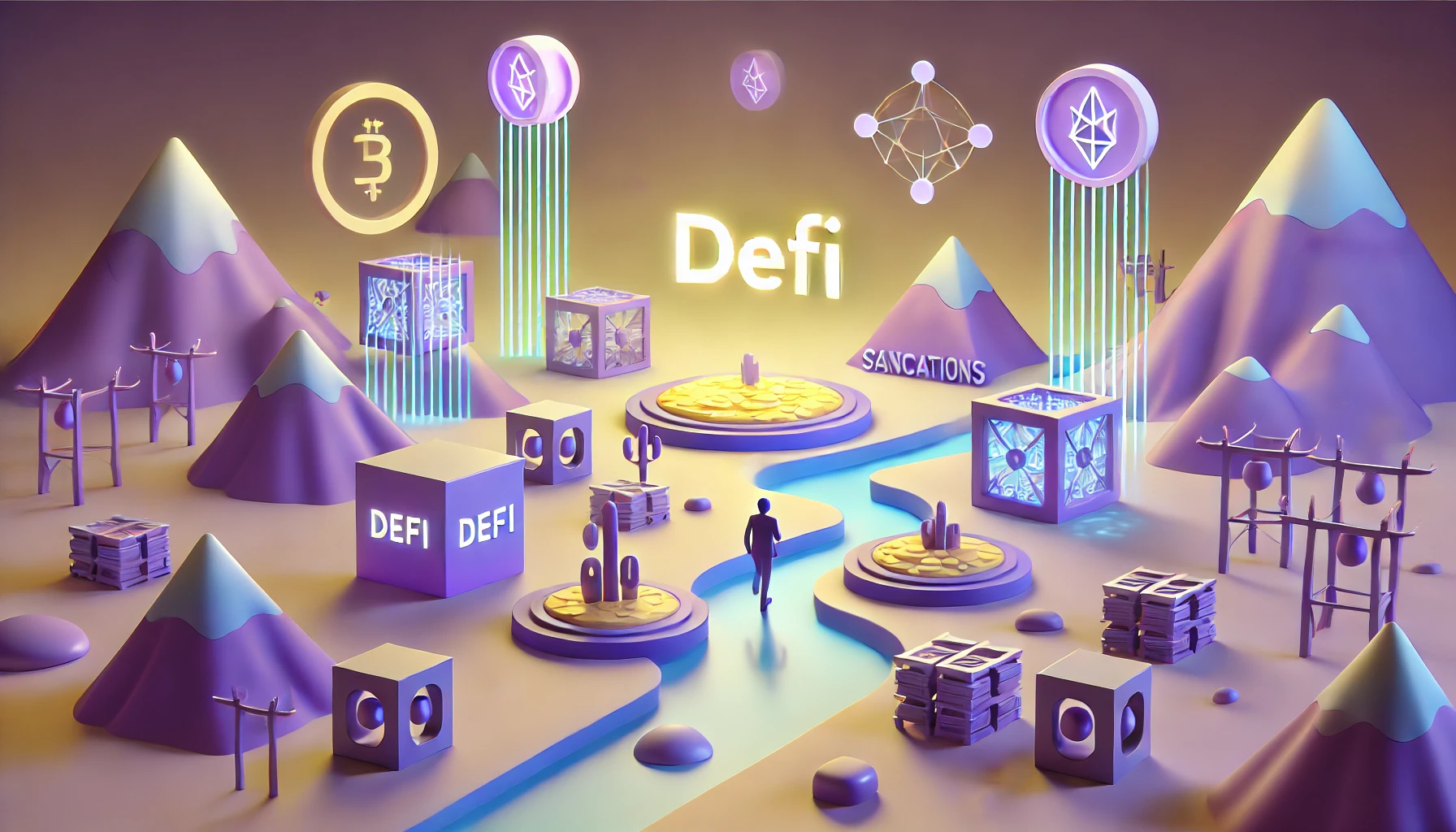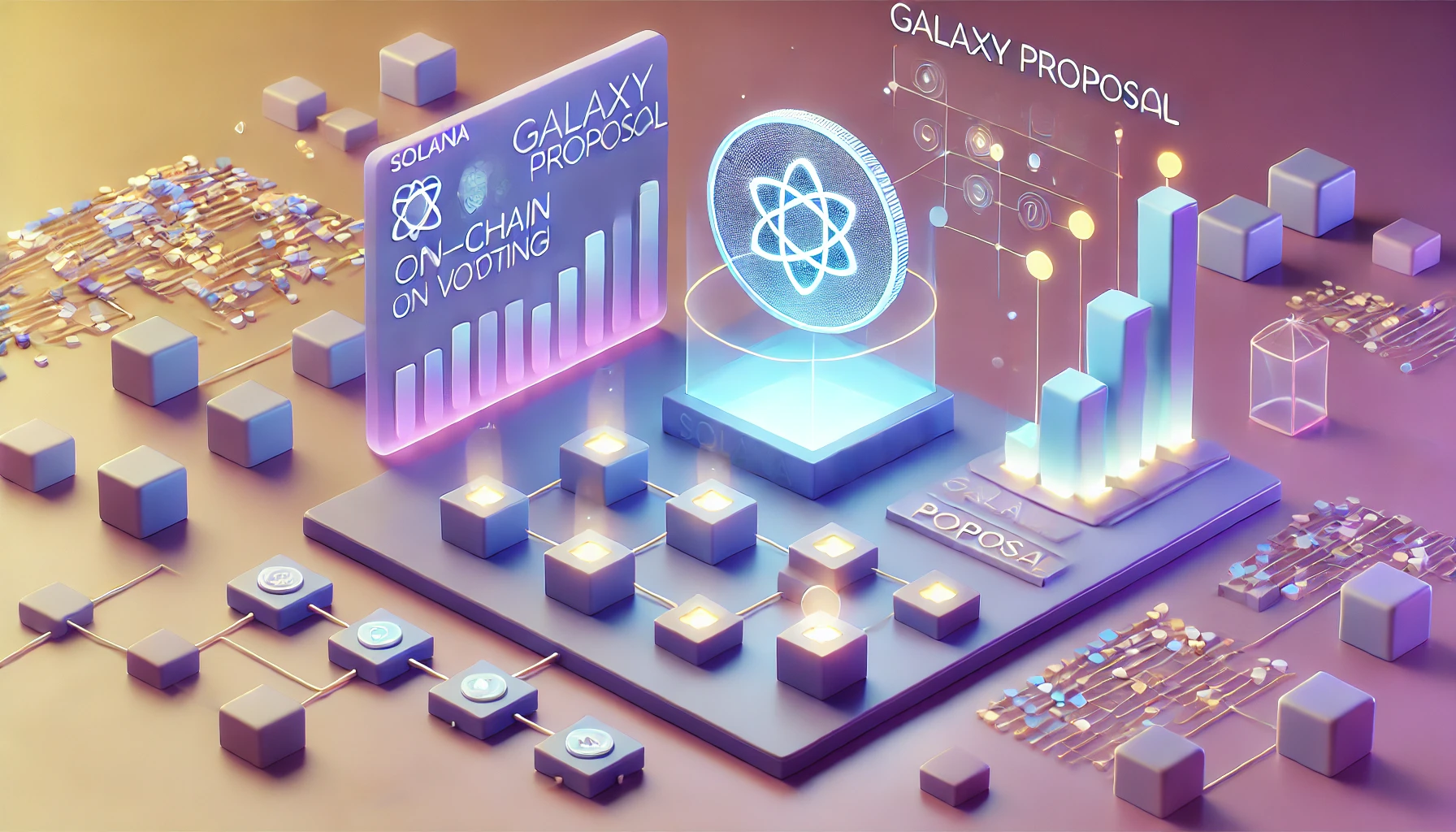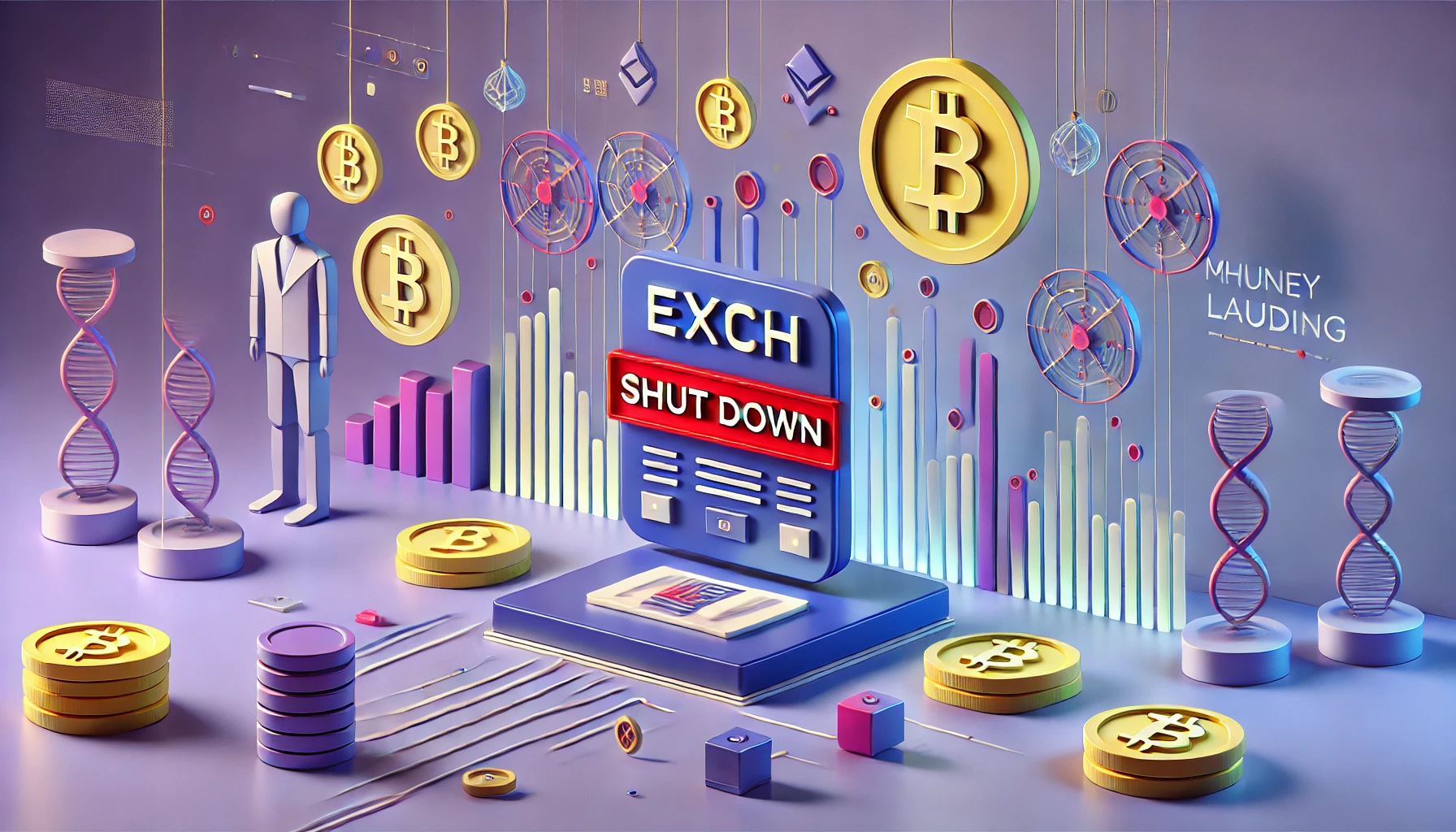EIP-1559 is currently keeping the cryptocurrency market on its toes. Ethereum’s controversial but long-awaited London Hard Fork is already shining with its deflationary characteristics.
The Ethereum network has been so busy over the last few days that much more gas has been burned than usual – so a jump in transaction fees meant that supply could be considered deflationary for at least two hours.
EIP-1559 burns fees
Ethereum’s “London Hard Fork” consists of five “Ethereum Improvement Proposals”, each of which proposes a number of code changes. The best known, and probably the most widely discussed, is EIP-1559.
EIP-1559 changed the way transaction fees are calculated on the network. Instead of fees going directly to the miners who process and validate transactions, a kind of base fee goes to the network – and is immediately destroyed. In this way, EIP-1559 enables users to better estimate the real cost of a transaction.
As a result, there is no longer any blind guesswork involved in determining gas charges. The Ethereum protocol now algorithmically determines transaction fees based on total network demand.
Will transaction fees be reduced or not?
After even the biggest Ethereum fans were upset by the highly unpredictable and sometimes even exorbitant transaction fees, this sounds like a lowering of transaction fees, doesn’t it? In reality, the situation is still a little different, as the price of gas has risen again. The average transaction price has risen considerably, from around US$4 at the end of July to around US$20.
What could be the reason for this?
NFTs, in particular, are currently causing a lot of movement on the Ethereum blockchain. First of all, the Opensea marketplace, Vox by Gala Games and Axie Infinity are among the top four gas destroyers – with a total of around 2,200 ETH.
According to ultrasound.money, over 32,000 ETH have been burned to date – equivalent to over $100 million in gas costs.
EIP-1559 is currently keeping the market on its toes. Although transaction fees currently remain high, we can nevertheless assume an improvement in the user experience – the increase in the number of transactions speaks volumes on this subject.
It remains to be seen how gas fees will develop once infrastructure providers, such as wallets like Metamask, have adapted to the new EIP-1559 conditions. However, we shouldn’t assume that the Ethereum network will experience prolonged deflation until the switch to proof-of-stake has taken place.














